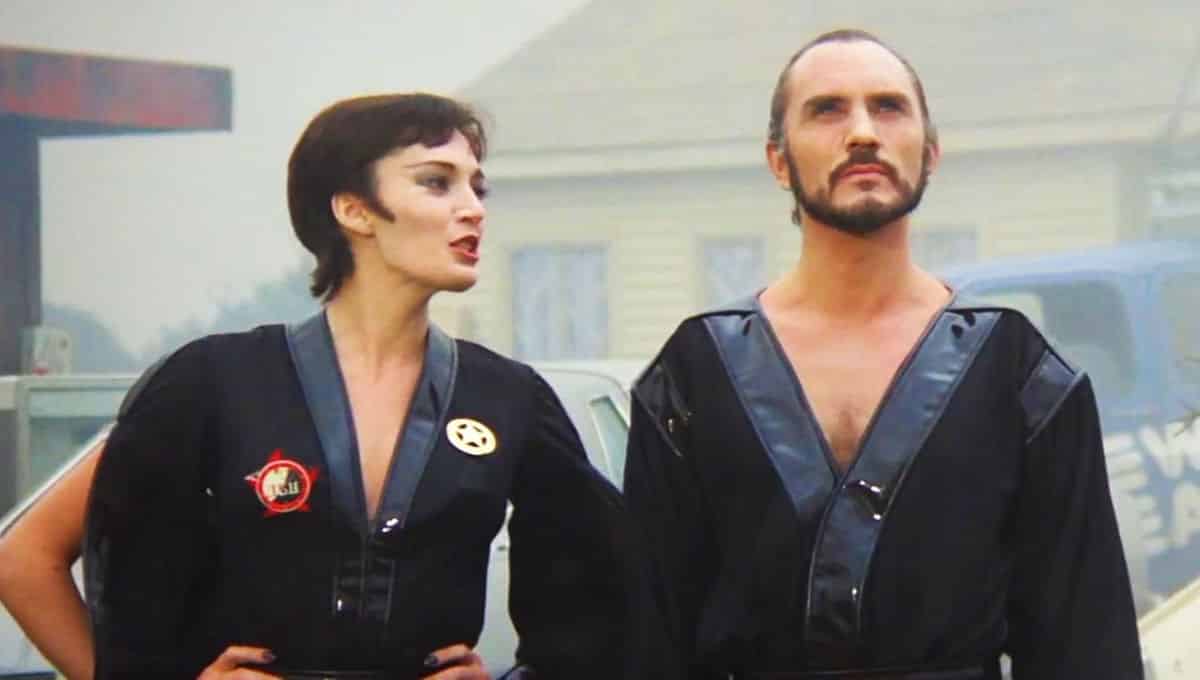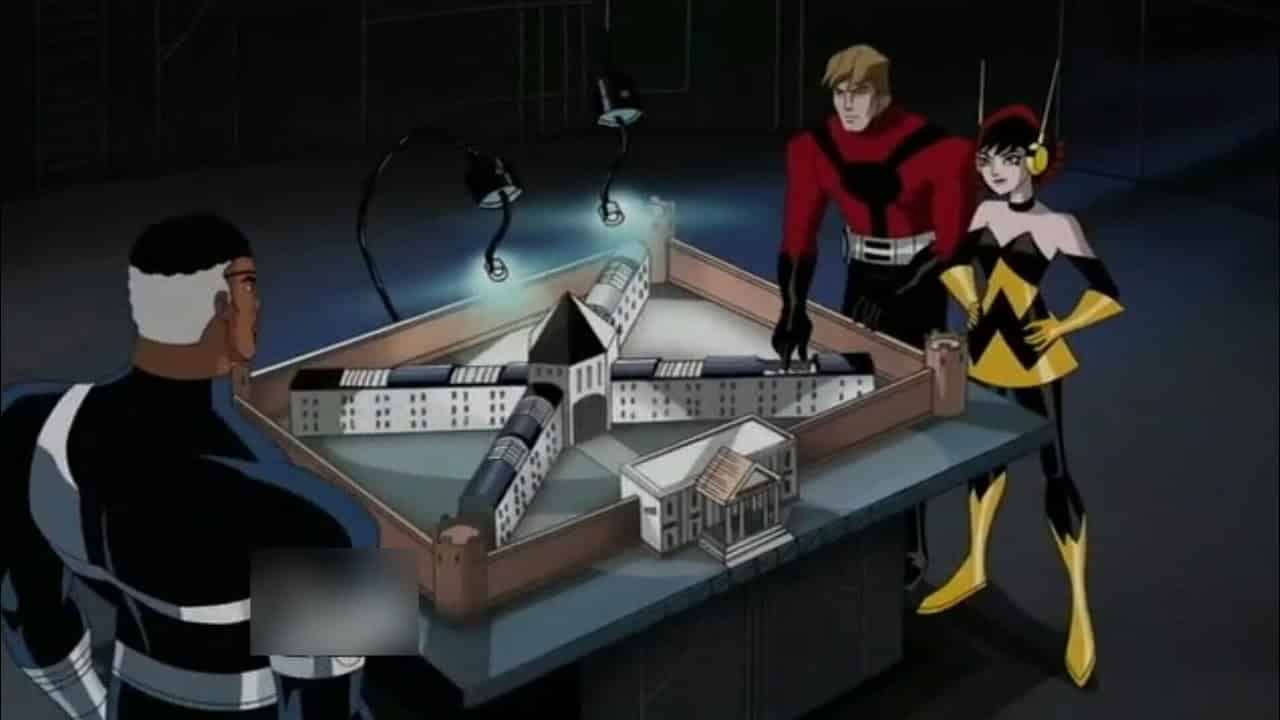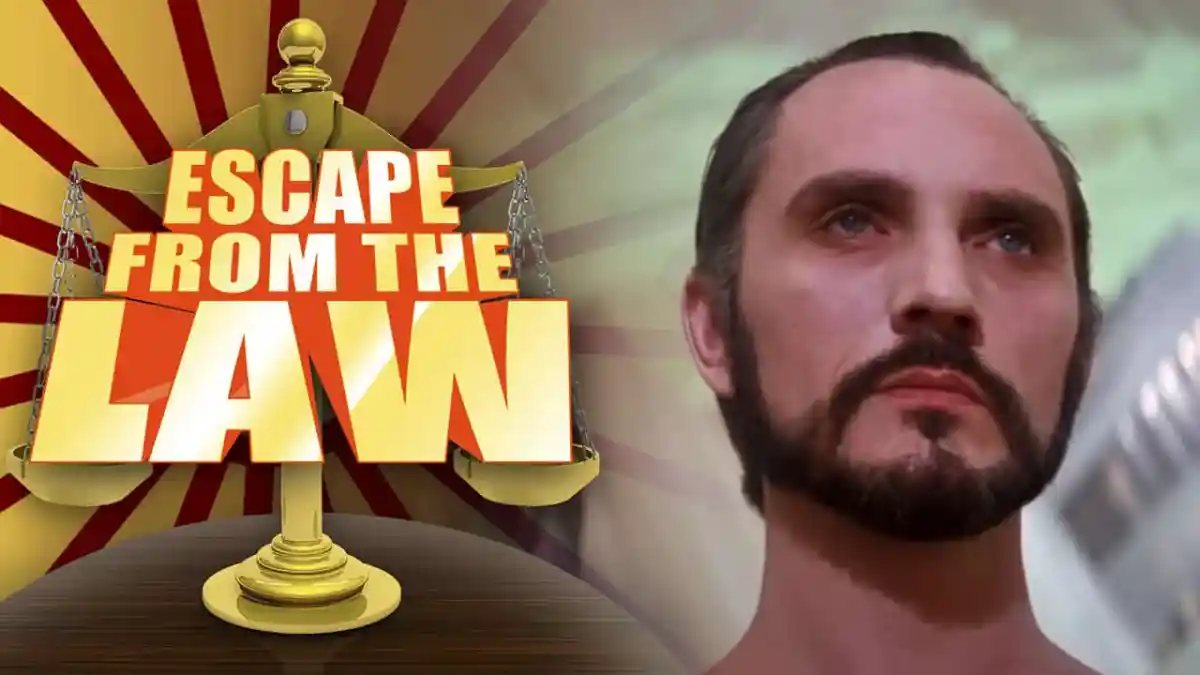The justice system is not well equipped to handle supervillains. In the past, I’ve written about some of the challenges associated with supervillain trials. Today, in belated honor of Independence Day, I’m going to consider some of the challenges associated with taking away one’s liberty. Specifically, I will consider the types of punishments the justice system could impose on supervillains.
Supervillains are different from regular criminals in two respects — their crimes tend to be more egregious (killing half of all living things, taking over the world, sinking the United States, etc.), and they often have superpowers.
The first category isn’t much of a concern here, as the justice system has already developed the tools needed to punish egregious crimes. Superpowers, though, are a different issue entirely. In order to understand how the justice system could deal with superpowers, we must first have an understanding of why we punish criminals. Generally speaking, we punish people for four reasons: to deter future crimes, to keep society safe, to rehabilitate criminals, and to obtain retribution for past acts. Those same goals would apply to supervillains. The problem is that superpowers make it challenging to actually enforce punishments.
To take a simple example, consider General Zod from Superman. Zod has the same powers as Superman, so no existing prison would be able to hold him — he could just walk (or fly) out the door and continue his reign of terror.

Comic books are replete with criminal escapes, to the point that some people refer to comic book detention facilities as “cardboard prisons.” Obviously, supervillains require special accommodations. At the same time, supervillains still have rights. In particular, they have a constitutional right to be free from cruel and unusual punishments.
That right manifests itself in a few ways: The severity of a punishment cannot be disproportionate to the severity of the crime, torture is prohibited, and punishments must not be inherently cruel or contrary to “evolving standards of decency.” With those standards in mind, we can evaluate some of the punishment solutions that have appeared in movies and comic books to see whether those solutions would withstand constitutional scrutiny.
The Raft
The Raft is a prison from the Marvel universe that is “built for people with special abilities.” In the MCU, the Raft is located underwater someplace secret, whereas In the comics, it is located near Rikers Island. The prison deals with superpowers in two ways — by keeping supervillains physically isolated from the rest of society and by using power dampeners.
Neither of those mechanisms poses a constitutional problem. We know that physical isolation isn’t a problem since real-world prisons are often located in remote locations, including Alcatraz, Guantanamo Bay, and even Rikers Island itself. Power dampeners also do not create a constitutional problem, since they are needed to keep the facility secure and to prevent criminals from escaping.

A potential complication would arise for prisoners who need their superpowers to live. For example, if power dampeners were used to take away the invulnerability of the pirates in Pirates of the Caribbean: The Curse of the Black Pearl, they would die from the wounds they had obtained while invulnerable. For those people, power dampeners would amount to a death penalty and so could not ordinarily be used.
- Deterrence: Normal
- Rehabilitation: Normal
- Retribution: Normal
- Safety: Normal
- Cruel and Unusual: No
Arkham Asylum
It is unclear whether DC’s Arkham Asylum uses power dampeners, but it is implied that the facility has the ability to control and detain people with superpowers. The key question relating to Arkham Asylum is whether it is permissible to subject criminals to involuntary psychiatric treatments.
The easy answer to this question is “yes.” Technically, the villains who are housed in Arkham Asylum were not found guilty of any crimes, but were instead found not guilty by reason of insanity. Contrary to what most people think, defendants who are deemed criminally insane do not go free, but are instead detained for the purpose of obtaining psychiatric treatment. This happens in the real world regularly through a process called civil commitment.

However, people who are involuntarily committed have a constitutional right to treatment that will afford them a realistic opportunity to return to society. That means that harmful procedures like shock therapy or lobotomies are illegal.
- Deterrence: Low
- Rehabilitation: High, provided the doctor is not Harleen Quinzel
- Retribution: Low
- Safety: Low, based on the frequency of escapes
- Cruel and Unusual: No, unless Dr. Hugo Strange is one of the doctors
The Phantom Zone
The Phantom Zone is featured in Superman comics, as well as in Superman II. As explained by Wikipedia, “The inmates of the Phantom Zone reside in a ghost-like state of existence from which they can observe, but cannot interact with, the regular universe. Inmates do not age or require sustenance in the Phantom Zone; furthermore, they are telepathic and mutually insubstantial.” The problem with the Phantom Zone is that it amounts to an indefinite sentence of solitary confinement, a practice that has been recognized as violative of the Eighth Amendment. Even Superman himself concluded that the Phantom Zone amounts to cruel and unusual punishment and opted to subject his nemeses to a shrink ray rather than the Phantom Zone.
- Deterrence: Probably as high as we can expect from any punishment
- Rehabilitation: Low — pretty much everyone who leaves from the Phantom Zone goes on a murderous rampage.
- Retribution: High
- Safety: High
- Cruel and Unusual: Absolutely

The Big House
Superman isn’t the only hero who tried to solve the supervillain problem with a shrink ray. Ant-Man tried the same thing. He created a prison called “the Big House” that literally diminished the threat level of supervillains by shrinking them down to the size of an ant. In fact, the prison guards were ants. When it comes to normal criminals, there is a strong argument to be made that involuntary shrinking would violate the Eighth Amendment, since it imposes a drastic and invasive physical change.
Those objections carry less weight when it comes to supervillains, since there is a plausible argument that we need to shrink inmates to maintain order and security in the prison. Although prisoners have rights, courts have ruled that prison officials have a lot of latitude when it comes to maintaining prison security.
In one case, the Supreme Court even held that prison officials were allowed to conduct body cavity searches on inmates. Given that exclusion, it seems hard to argue that shrink rays should not be allowed.
- Deterrence: Ant-Sized
- Rehabilitation: Normal
- Retribution: Normal
- Safety: High (except in the comics, the tiny prisoners escaped)
- Cruel and Unusual: No. But it is funny.
Brainwashing
Avengers: Standoff introduced Marvel readers to Pleasant Hill, a city that was actually a prison. SHIELD had used a cosmic cube fragment to rewrite the memories and personalities of several major villains, most notably including Baron Zemo. The villains then lived normal lives in Pleasant Hill, without having any knowledge of their past. The residents of the town were happy and healthy and lived productive lives.
This raises an interesting question — would it violate the Eighth Amendment to rewrite someone’s memories or change their personality in order to eliminate their criminal tendencies? This question does not have an easy answer.

While operations that eliminate one’s ability to function in society are illegal, the government can require psychiatric patients to take personality-altering medication, as well as (at least for now) change a defendant’s sexual tendencies through treatments like chemical castration. If I were to hazard a guess, I would say that the constitutionality of cosmic cube personality rewrites depends on the danger posed by the criminal and the extent of the rewrite.
If the rewrite left the underlying personality intact but simply eliminated their desire or motivation to commit crimes, the procedure would likely be allowed (at least in the case of the most dangerous criminals). On the other hand, if the procedure completely eliminated the criminal’s personality or the essence of their identity, it would probably be unlawful.
Incidentally, the cosmic cube fragment also rewrote Captain America’s brain to make him an Agent of Hydra, after which he took over the world. Obviously, the procedure would not be allowed if it were not reliable.
- Deterrence: Pretty high, I guess?
- Rehabilitation: The best
- Retribution: None — the criminals don’t know they have been punished.
- Safety: The best
- Cruel and Unusual: Hard to say, but probably
One of the foundational debates in constitutional law relates to the interplay between liberty and security. It is often said that the constitution is not a suicide pact. But at the same time, we are willing to go to war and risk our lives to defend our freedom.
It is not easy to find the right balance. When it comes to prisoner rights, the debate plays out differently. By breaking the social contract and trouncing on the rights of others, prisoners forfeit many of their most important liberties. But even the worst criminals, including supervillains, have basic human rights and deserve to be treated with respect and dignity.
The fact that supervillains pose a greater threat to society means it is permissible to impose more restrictive conditions on their confinement. In doing so, however, we must be careful not to lose sight of the rights we are attempting to protect. As the late Justice John Paul Stevens once wrote, “For if this nation is to remain true to the ideals symbolized by the flag, it must not wield the tools of tyrants even to resist an assault by the forces of tyranny.”






Published: Jul 5, 2020 03:00 pm